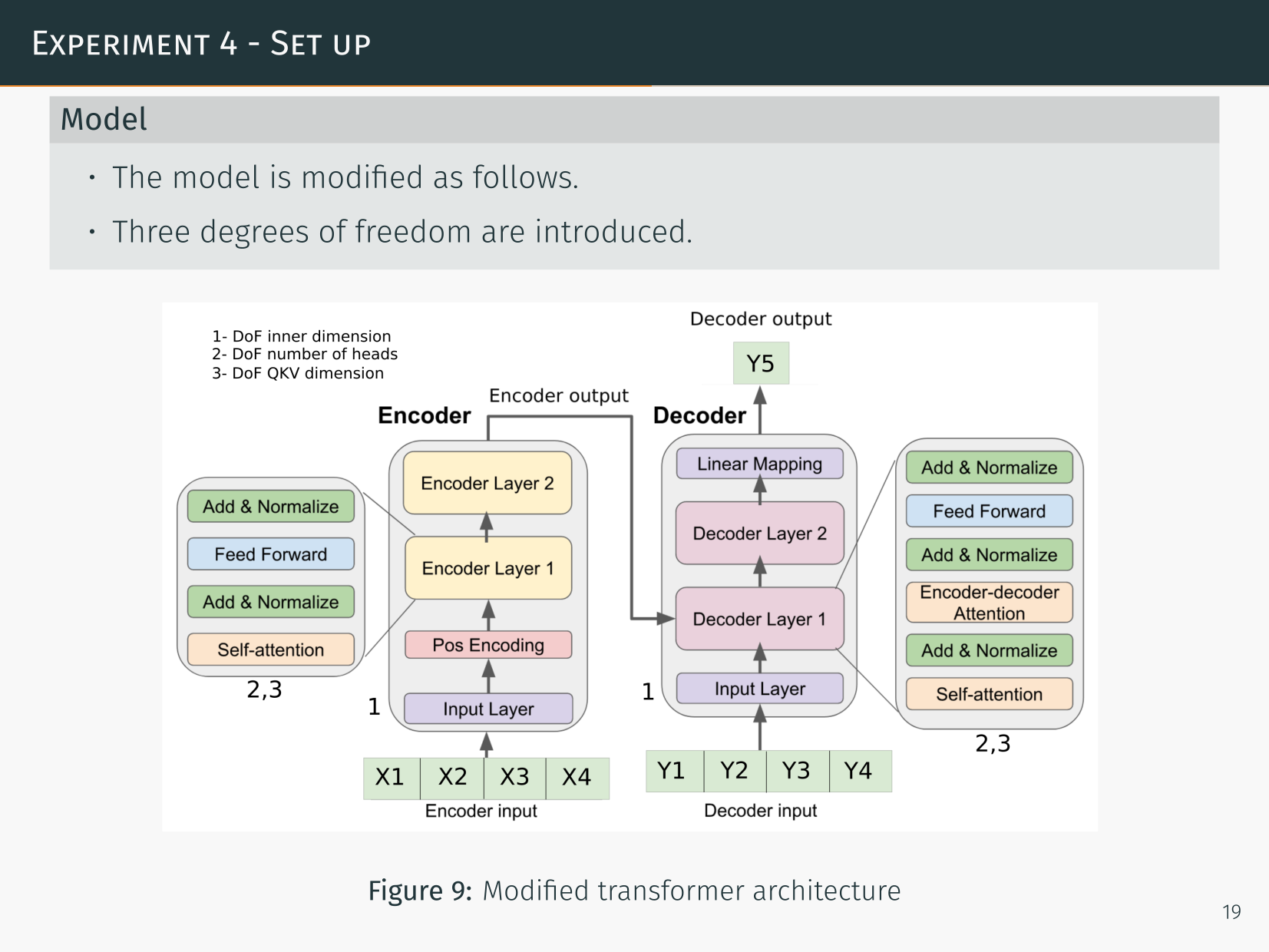Data series forecasting using a transformer.
Follow the example.py in the folder to see a very simple usage of the model
# Set paths to data
data_path = "../data/task-usage_job-ID-3418339_total.csv"
results_path = "..."
results_file = "...csv"
# Prepare dataset
df, scaler = prepare_data(data_path)# Considering using cuda if available.
device = torch.device("cuda" if torch.cuda.is_available() else "cpu")# Load the model configuration
with open("models/multistep/config.json") as jfile:
config = json.load(jfile)
# Initialize the model
model = init_transformer(config, device)
# Load the model
model_state, _ = torch.load("models/model_data", map_location=device)
model.load_state_dict(model_state)
# Set the model for evaluation mode
model.eval()# This model has been trained with MSE, but others can be considered.
loss_f = torch.nn.MSELoss()# Notice that the first argument is "test". Using "train" or "validation" will provide access to other parts of the data. However, they will also feed the model with other data structures not as a sliding window as in test.
test_dataset = LoadGoogleDataset("test", seq_len=config["seq_len"], prediction_step=config["prediction_step"],
data_frame=df)
test_loader = DataLoader(test_dataset, batch_size=1, shuffle=False)loss_progress = list()
if config["prediction_step"] > 1:
outputs = dict()
targets = dict()
for ii in range(config["prediction_step"]):
outputs[str(ii)] = list()
targets[str(ii)] = list()
else:
outputs = list()
targets = list()
for x_enc, x_dec, target in test_loader:
with torch.no_grad():
# Send data to device and prepare dimensions
x_enc, x_dec, target = x_enc.to(device), x_dec.to(device), target.to(device)
x_dec = x_dec.unsqueeze(-1)
# Forecast
out = model.forward(x_enc.float(), x_dec.float(), training=False)
# Compute loss
loss = loss_f(out.double(), target.double())
# Store results and target values
if config["prediction_step"] > 1:
for ii in range(config["prediction_step"]):
outputs[str(ii)].append(out.squeeze().cpu().detach().tolist()[ii])
targets[str(ii)].append(target.squeeze().cpu().detach().tolist()[ii])
else:
outputs.append(out.squeeze().cpu().detach().tolist())
targets.append(target.squeeze().cpu().detach().tolist())
# Keep loss values in a list
loss_progress.append(loss.cpu().detach().tolist())# re-scale outputs
l_df = len(df["Efficiency"])
df_computed = df
values = dict()
if config["prediction_step"] > 1:
eff_out = dict()
tgt_out = dict()
for ii in range(config["prediction_step"]):
real_eff = np.zeros(len(df["Efficiency"]))
real_eff[l_df - len(outputs[str(ii)]):] = outputs[str(ii)]
df_computed["Efficiency"] = real_eff
df_unscaled = scaler.inverse_transform(df_computed)
eff_out[str(ii)] = df_unscaled[l_df - len(outputs[str(ii)]):, -1]
real_eff = np.zeros(len(df["Efficiency"]))
real_eff[l_df - len(outputs[str(ii)]):] = targets[str(ii)]
df_computed["Efficiency"] = real_eff
df_unscaled = scaler.inverse_transform(df_computed)
tgt_out[str(ii)] = df_unscaled[l_df - len(outputs[str(ii)]):, -1]
values["eff_" + str(ii)] = eff_out[str(ii)].tolist()
values["tgt_" + str(ii)] = tgt_out[str(ii)].tolist()
else:
real_eff = np.zeros(len(df["Efficiency"]))
real_eff[l_df - len(outputs):] = outputs
df_computed["Efficiency"] = real_eff
df_unscaled = scaler.inverse_transform(df_computed)
eff_out = df_unscaled[l_df - len(outputs):, -1]
real_eff = np.zeros(len(df["Efficiency"]))
real_eff[l_df - len(outputs):] = targets
df_computed["Efficiency"] = real_eff
df_unscaled = scaler.inverse_transform(df_computed)
tgt_out = df_unscaled[l_df - len(outputs):, -1]
values["eff"] = eff_out.tolist()
values["tgt"] = tgt_out.tolist()with open(results_path + results_file, 'w') as f:
dict_writer = writer(f)
dict_writer.writerow(values.keys())
dict_writer.writerows(zip(*values.values()))Transfomer model adapted from:
Wu, N., Green, B., Ben, X., & O’Banion, S. (2020). Deep Transformer Models for Time Series Forecasting: The Influenza Prevalence Case. ArXiv. http://arxiv.org/abs/2001.08317
